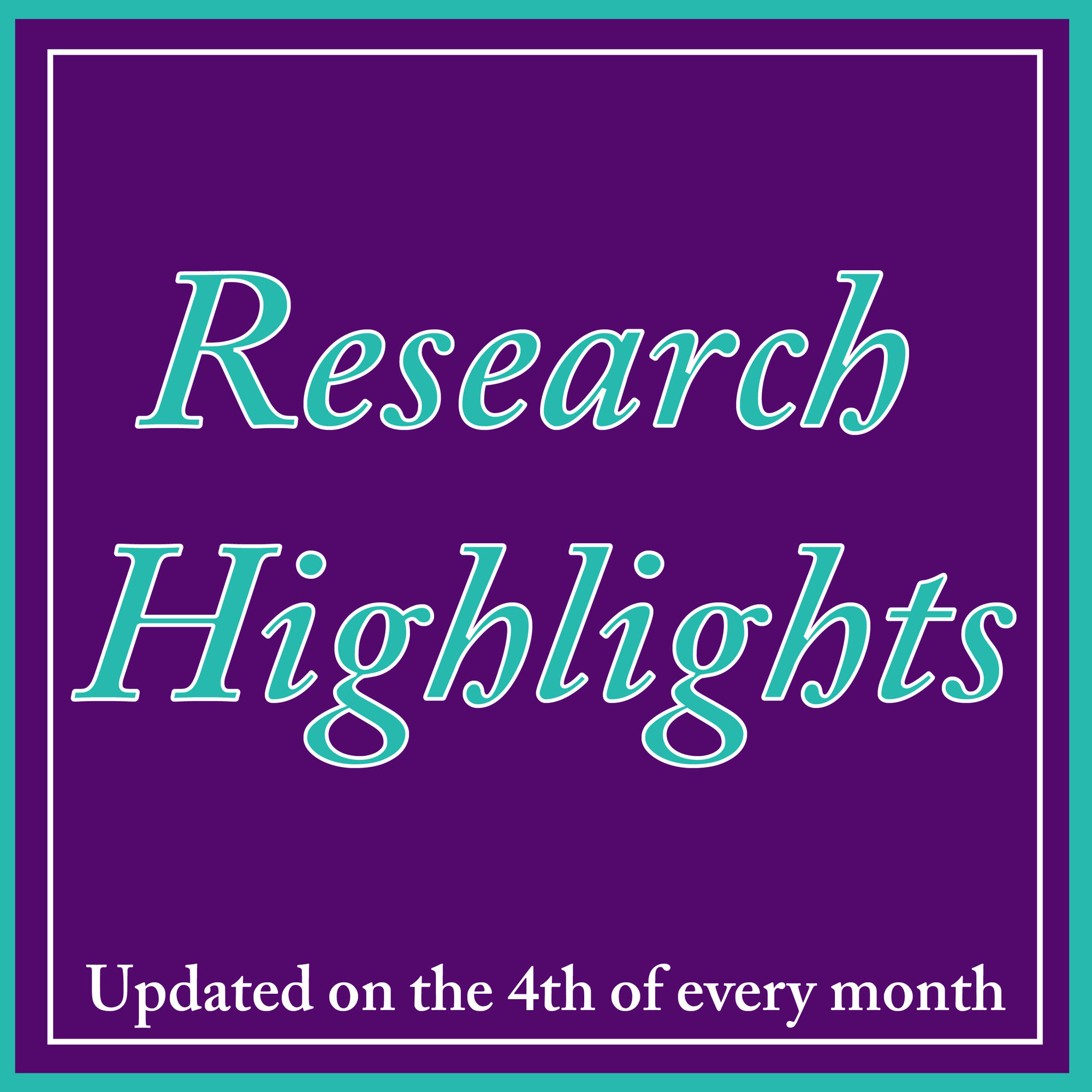

"Devoted to his country's cause, The rights of Man and equal laws,
His hallow'd pen was given;
And now those rights and laws to save, From sinking to an early grave,
He comes, employ'd by Heaven.
- "The People's Friend", Lyrics by Rembrandt Peale, music by John Isaac Hawkings, 1801
Why was Thomas Jefferson elected President of the United States? Leaving aside the complicated procedures of the actual election, what caused people to vote for Jefferson? Neither Jefferson nor Adams publicly campaigned, or had a particular platform. Instead, voters were influenced purely by propaganda in partisan newspapers. Based on the pro-Jefferson propaganda, if Jefferson did run on a platform in the election of 1800, it would have been the accomplishment that was printed and glorified above any other: his authorship of the Declaration of Independence.
Yes, the other members of the Committee of Five (including his future opponent, John Adams) edited Jefferson’s draft of the Declaration. And yes, there were outspoken individuals in this period that defended John Adams’ role in the drafting process and diminished Jefferson’s. Fear not -- they will be featured in next month’s blog. This month, read a sampling of the grandiose passages praising Jefferson and, more importantly, the Declaration of Independence, during the election of 1800.
... Read more about May Highlight: An Instrument which will Perpetuate the Fame of its Author